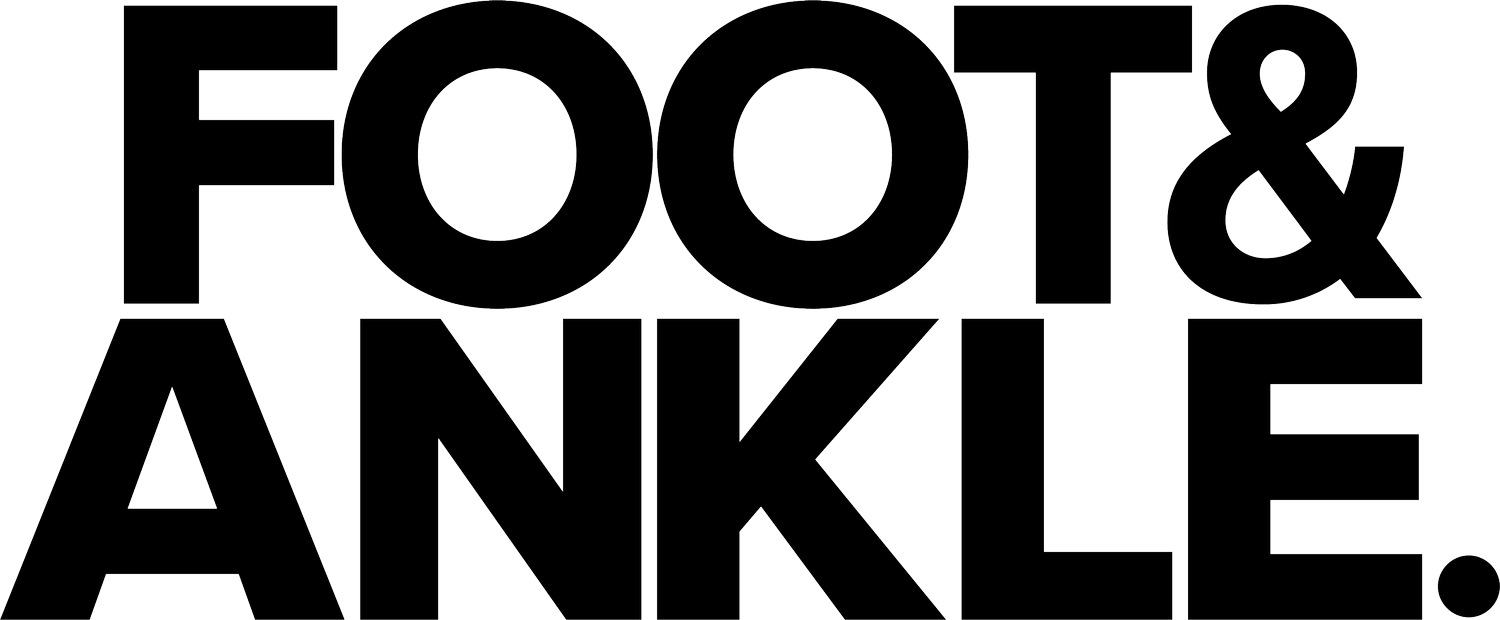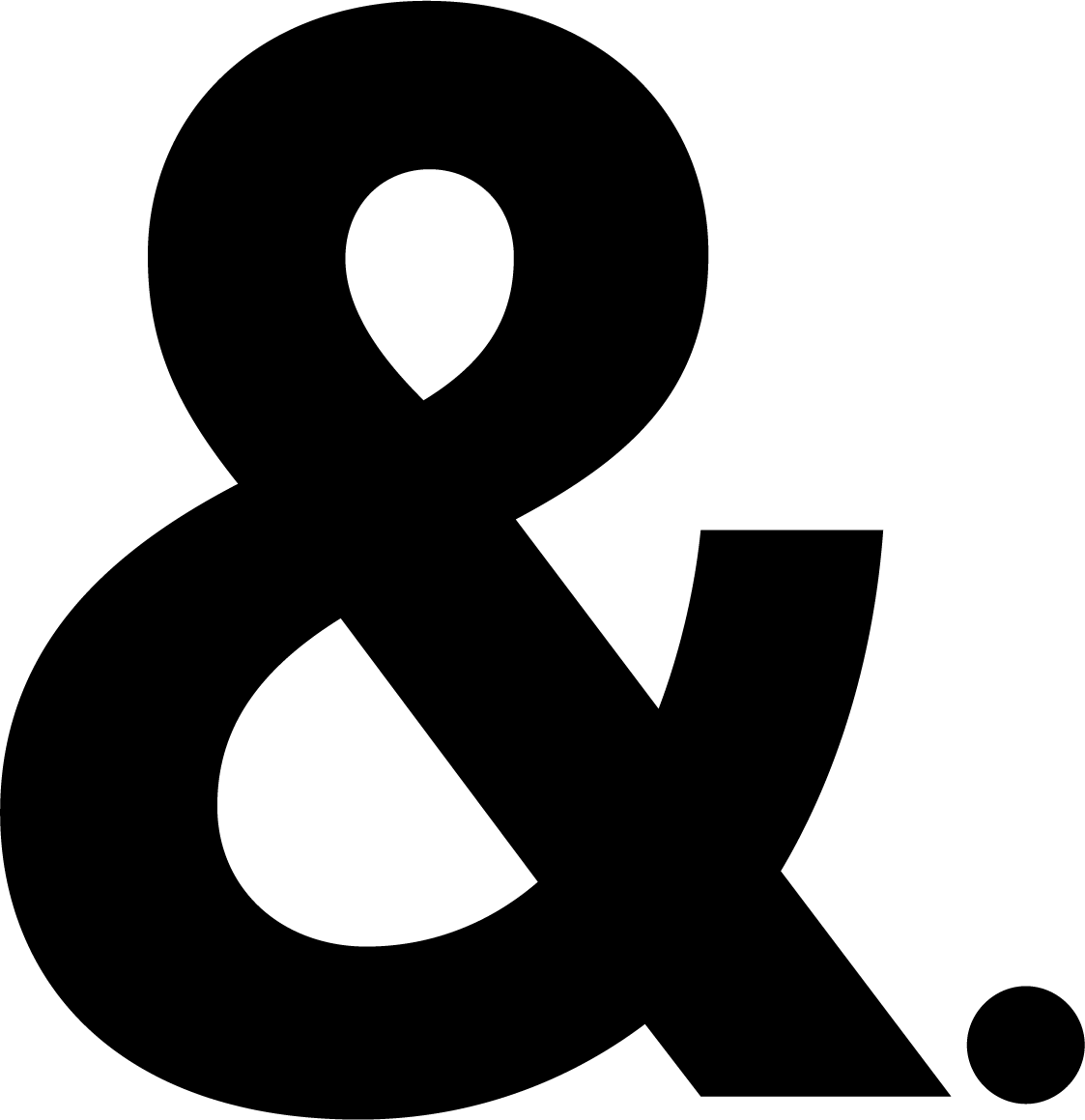How To Load A Tendon, Bone or Muscle For Most Improvement.
The feet are made of a variety of different structures. Tendon, bone, muscle, fascia, ligaments. This is what makes the feet so unique, but also means any one of these structures can present with pain or injury. If you are suffering from pain in a particular structure, exercise can be a great way to get improvements in strength, and pain.
A vital part of a rehabilitation plan for pain or injury, is prescribing specific exercises, with specific reps, sets, weights, tempo (and the list goes on). There does need to be a difference in exercise prescription depending on what structure is injured. This is because each different structure, responds to different types of load.
So, if you’ve had pain or injury, and started an exercise program, and haven’t had any improvement, chances are you may not be applying the correct loads.
Here’s how to apply the correct loads for the different structures:
Tendon: (for example the Achilles Tendon, Peroneal tendon, Tibialis Posterior Tendon)
How to load a tendon:
1. Create high strain through the tendon via a calf raise
2. Heavy and slow load
3. Eccentric contractions/elongating the tendon: increase time under tension
Reps/sets:
- Make your reps count
- 3-4 sets, 4-10 reps, 3 second phases up and down
- Prevent day-after flare ups by increasing or decreasing the weight
Outcome: Mechanically stimulate the tenoblasts to lay down more collagen to
increase tendon stiffness.
Bone: (for example recovering from a bone stress injury)
How to load bone:
1. Fast, short, heavy, intense bouts of loading (for example hopping)
2. Load the bone in different positions by altering the force directions
3. Plyometric training
Aim:
- Make your reps count
- 3-4 sets, 4-8 reps, fast reps
- Plyometric and resistance training are effective
Outcome: Increase bone density, bone mineral content and bone strength
Muscle: (calf muscle)
How to load muscle:
1. Increase volume to increase muscle hypertrophy
2. Key is that heavier resistance training always elicits greater gains in strength
3. Loading eccentrically and go through a deeper degree of resistance
Aim:
- Lift heavy with high volume
- Avoid training to failure if you are looking for athletic performance
Outcome: Will be dependent on what muscle response you’re wanting (you can learn more about different strength types in this blog).
If you’d like help to improve strength in any of the above structures, feel free to reach out.
Written by Cooper Garoni.

